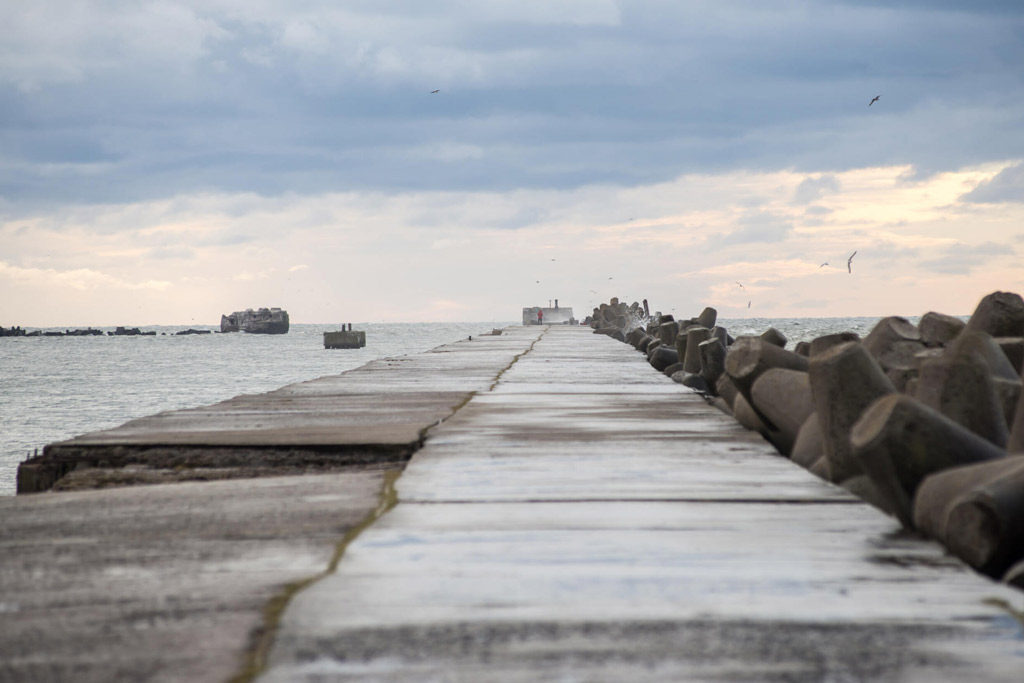A helpful strategy to strengthen soils weakened by the presence of water is planar and horizontal drainage. Long-term improvements to the soil can be achieved by draining the water by adding an appropriate drainage path. Gravel or other organic materials have traditionally been used to provide drainage. However, it’s possible that gravels’ long-term performance will be subpar or uncertain.
Utilizing a drainage geocomposite, which transports fluids underground, is the modern approach. Geotextiles that are affixed to the drainage core on one or both sides prevent the materials or soils from draining, which reduces the risk of the drainage core or collection pipes being clogged. They are made to take the place of conventional drainage materials like gravel and sand.
The following factors should be taken into consideration when choosing an appropriate process for “horizontal” or planar drainage geocomposite:
- The anticipated overburden
- The anticipated flow discharge
- The kind of material or soil to be drained (clean, contaminated etc.)
- Dimensions of the region to be drained
- Hydraulic gradient

